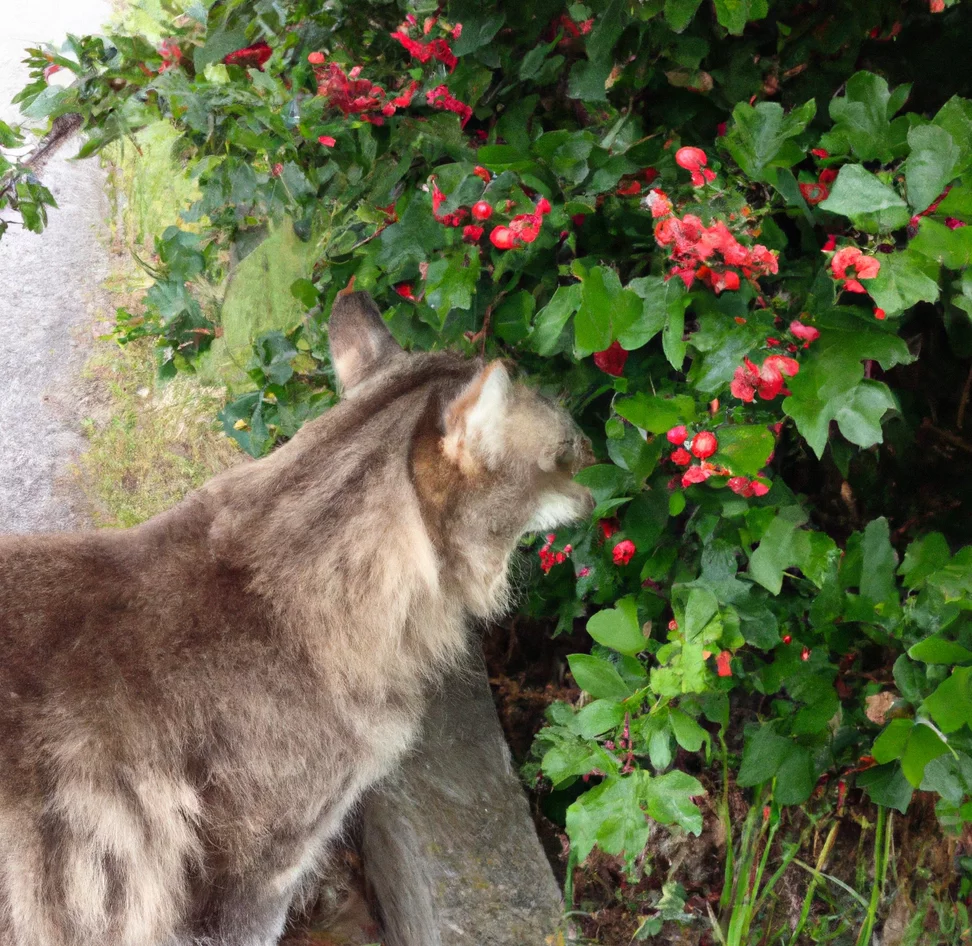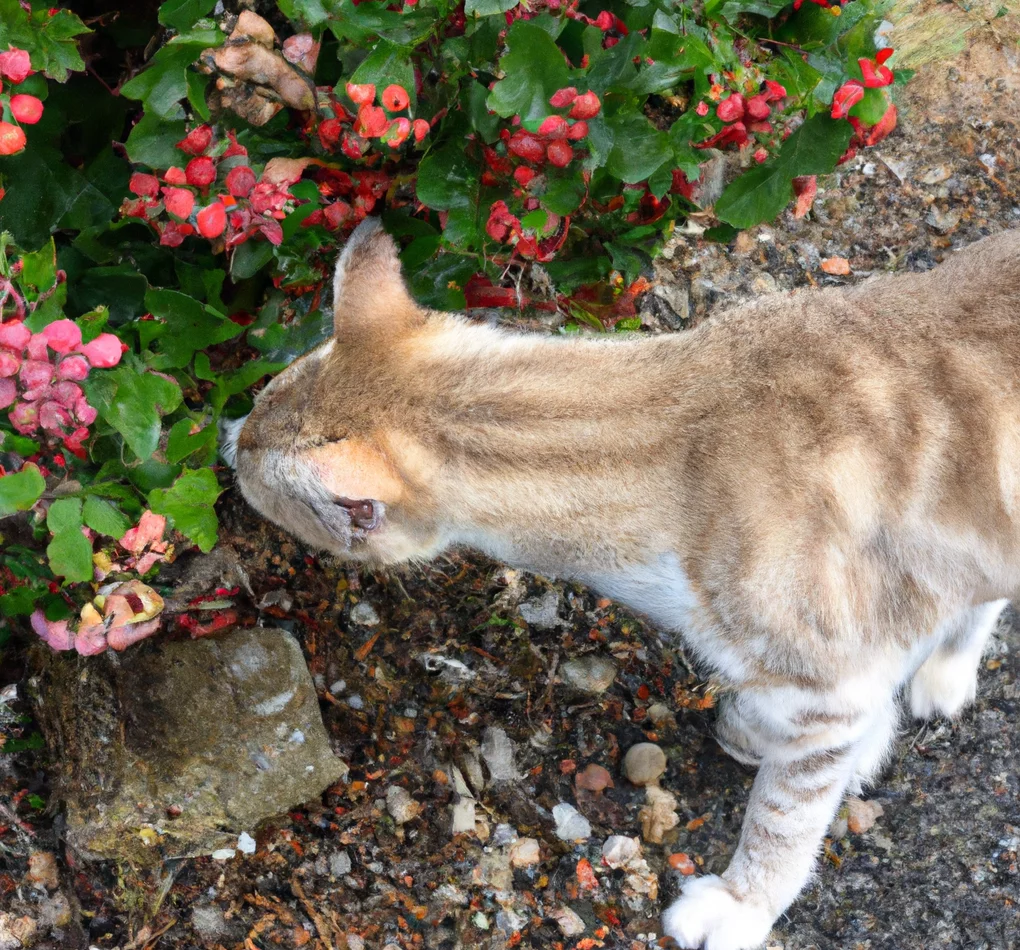English Hawthorn (and the related Midland Hawthorn), like other Crataegus species, is not poisonous to cats.
In collaboration with a team of experienced DVMs (doctors of veterinary medicine), this article offers accurate and up-to-date information on the potential risks associated with the English Hawthorn and its effects on cats. Our research, further supported by high-authority websites such as the ASPCA and PetMD, confirms that not only cats, but also dogs and horses, are safe around this prominent shrub or small tree.
Can Cats Eat English Hawthorn or Midland Hawthorn?

Although hawthorns are not deadly, many of them are unappealing to eat. Cooking is one approach to improving certain skills. Hawthorn leaves, berries, and blossoms are used to treat many ailments. They contain antioxidant compounds called flavonoids, which have been used in animals to treat heart disorders like heart failure.
What is English Hawthorn or Midland Hawthorn?

The English hawthorn (Crataegus laevigata), also known as the Midland hawthorn, woodland hawthorn, or mayflower, is a hawthorn species native to western and central Europe, ranging from Great Britain and Spain east to the Czech Republic and Hungary. It can be found in North Africa as well.
It’s a huge shrub or small tree with a dense crown that grows up to 8 m (occasionally 12 m) tall. Each side of the leaf has two or three shallow, forward-pointing lobes. Flowers of the hermaphrodite come in corymbs of six to twelve, each with five white or pale pink petals and two or three styles. The fruit is a dark crimson pome with two or three nutlets, measuring 6–10 mm in diameter and somewhat wider than long.
It can be recognized from the common hawthorn, C. monogyna has shallowly lobed leaves with forward-pointing lobes and blooms with multiple styles. Because each style produces seeds, the fruits have several seeds, which make them slightly oval in comparison to the single-seeded and hence spherical fruits of ordinary hawthorn.
Keeping Cats Away From English Hawthorn or Midland Hawthorn

Mulching the barren ground around plants with prickly materials like coarse bark, twigs, pyracantha pruning, pine cones, conifer needles, and holly leaves will provide some protection (albeit not much fun for the gardener).
Cats prefer to walk and dig in soft, flexible dirt. Many people propose scattering citrus peel (orange, lemon, lime, grapefruit) around plants. Cats dislike the smell of citrus oil.
Plants to Avoid For Your Cats
If you are a cat owner and unsure if the plants growing in your yard are harmful to your cats, check out this list of toxic plants for cats. You can also check our list of non-toxic plants for cats.





